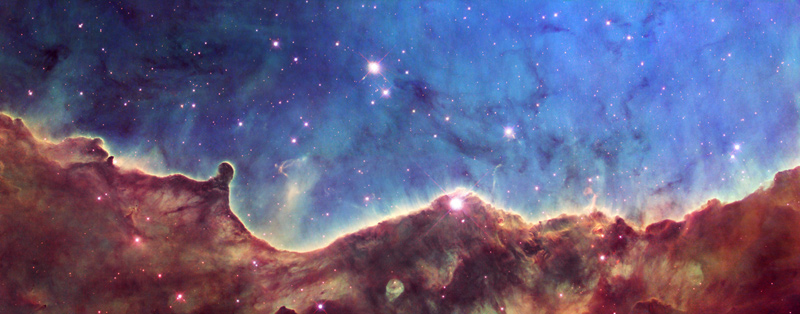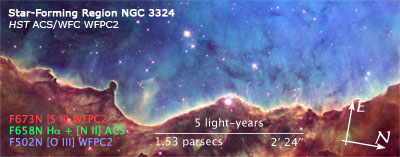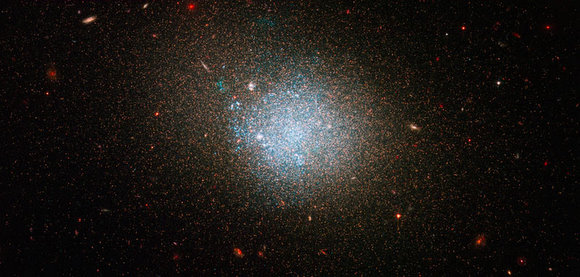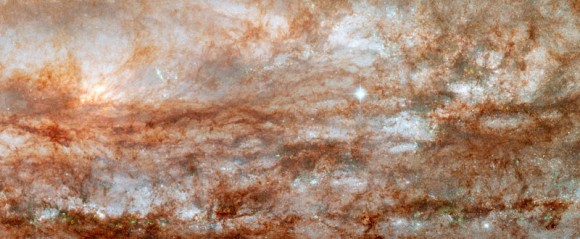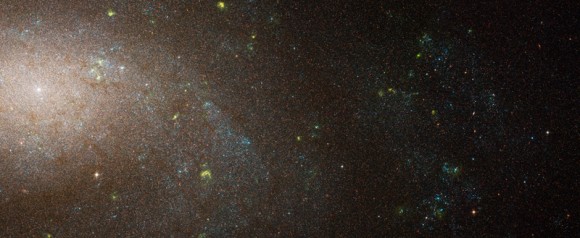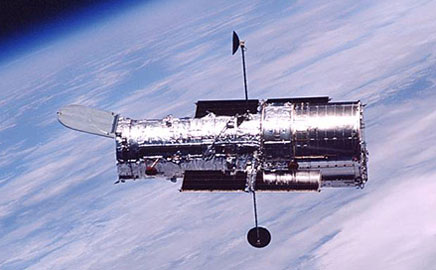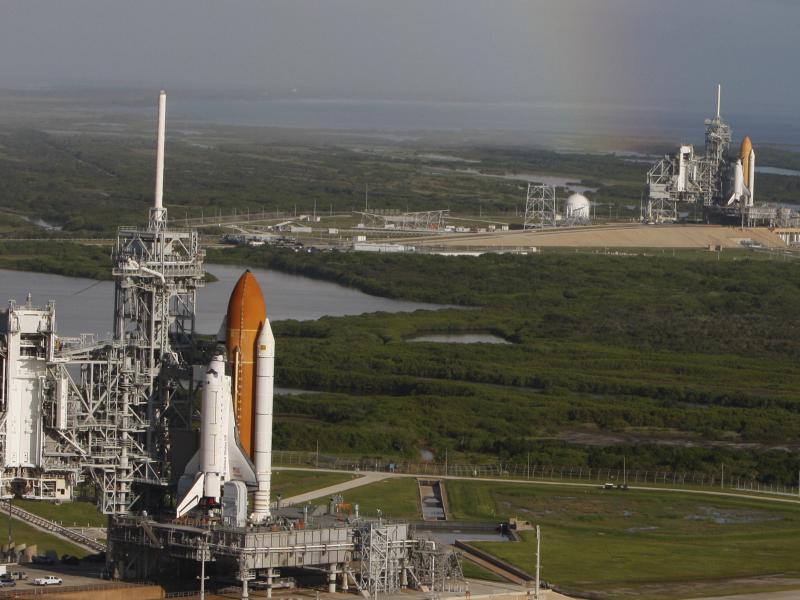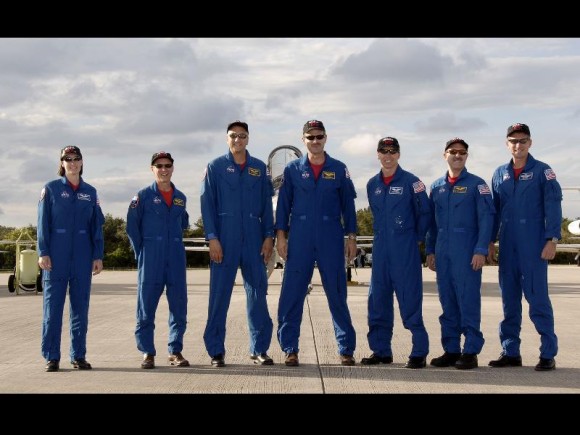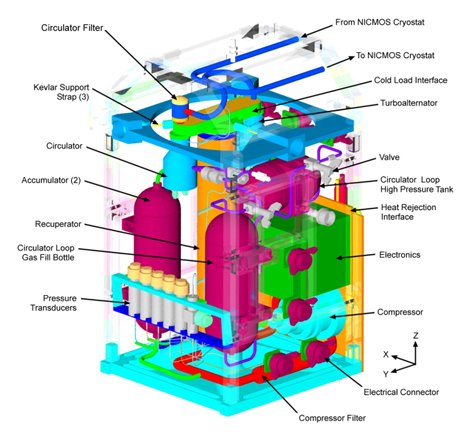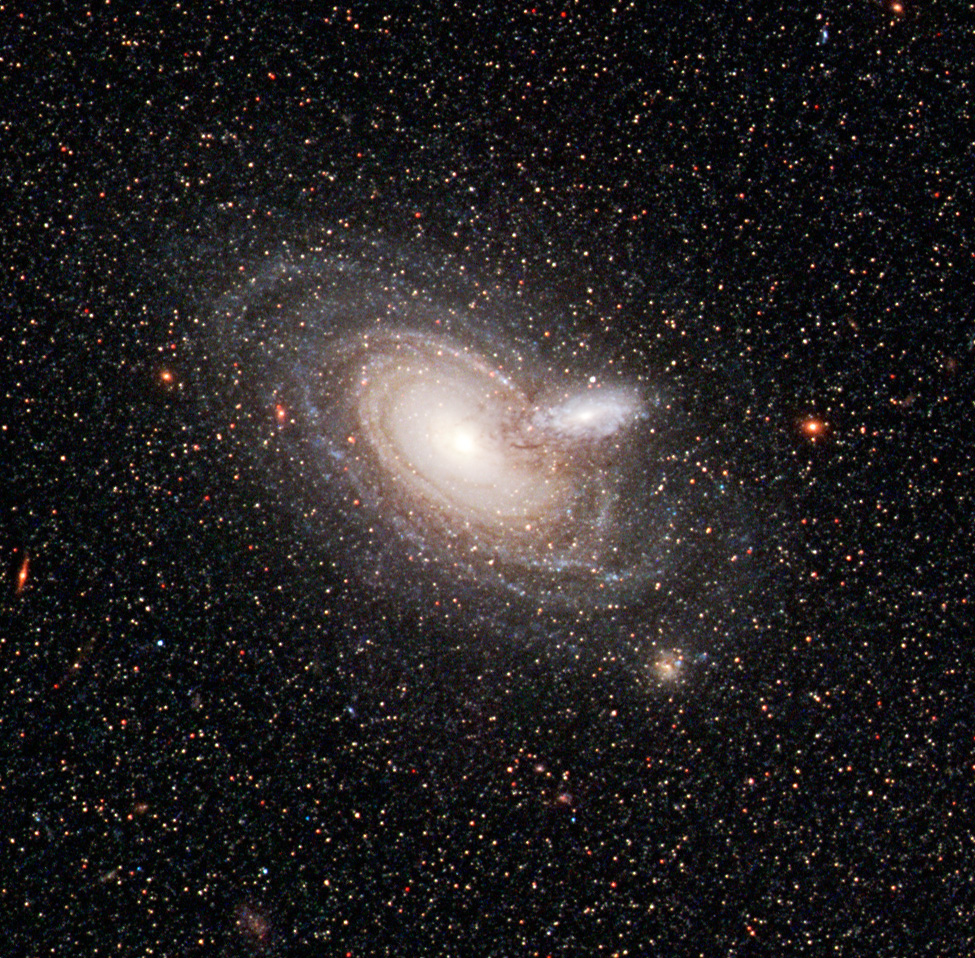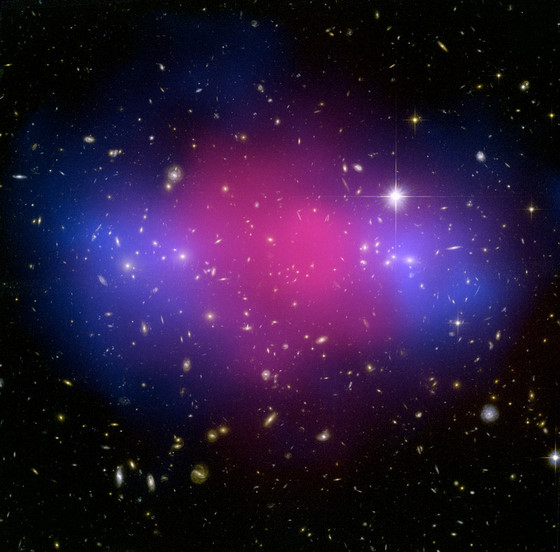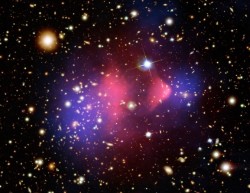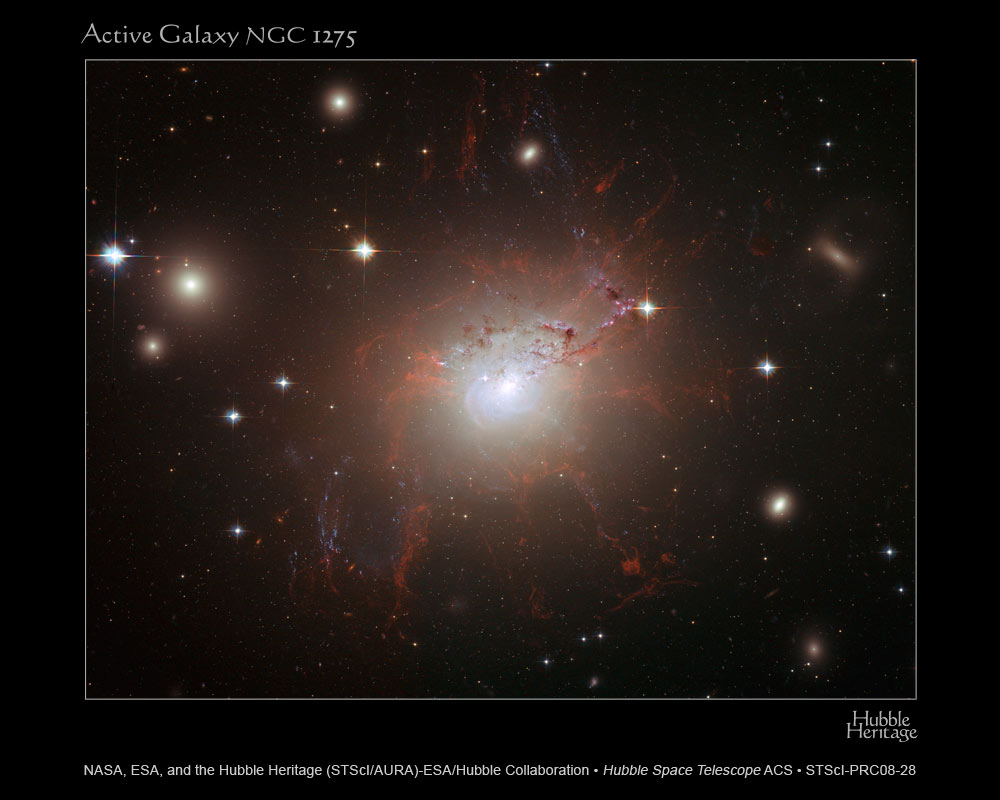[/caption]
The procedure to begin “brain surgery” on the Hubble Space Telescope will begin at 6:00 am EDT (10:00 GMT) on October 15. The venerable space telescope will be put into electronic hibernation; then engineering teams will work from the ground around the clock for two days to reconfigure a data handler system which failed two weeks ago. If the procedure is successful, science operations could resume as early as Friday, October 17. The Control Unit/Science Data Formatter, which relays science data to Earth, is a redundant system, with two sides. Side A has been used exclusively since the telescope’s launch over 18 years ago in 1990. Side B hasn’t been powered on since well before launch. “It is obviously a possibility that things will not come up,” said Art Whipple, manager of the Hubble Space Telescope Systems Management office at the Goddard Spaceflight Center in Greenbelt, Md. “We have very good confidence this will work. In addition, we have contingency plans built in at each step of the transition where if something does not go the way we expect it to, we’ll be able to back out and go down an alternate path.”
Whipple said there is very little aging that goes on with an unpowered component in space. “It’s actually a very benign storage environment,” he said.
In addition six associated components have to be switched over to a redundant side as well. “Five of the six redundant components in this data management system that will be brought on line have also not been powered since 1990,” said Whipple. “The command procedures to accomplish this transition have been thoroughly tested.”
Engineers and mission managers have been working the past two weeks, devising a plan and testing procedures. NASA headquarters gave approval for the activation on Tuesday.
The planned Hubble Servicing Mission 4, shuttle mission STS-125, would have launched today (Oct. 14) if the data handler had not gone off line. NASA has re-set a tentative launch date for mid-February. The seven member crew, commanded by veteran Scott Altman, will perform five back-to-back spacewalks to add new cameras, (the Wide Field Camera 3 (WFC3) and the Cosmic Origins Spectrograph), replace old batteries and gyroscopes, add docking equipment and upgrade the telescope’s guidance system. The astronauts will also attempt to fix the Space Telescope Imaging Spectrograph (STIS) and the Advanced Camera for Surveys (ACS). Those two were never designed to be repaired in orbit. In addition, a spare data handler system will brought up, after engineers test and certify the unit. That unit has not been turned on since 1992.
It has yet to be determined if the spare data handler will be ready by mid-February, and if the astronauts can be trained ready for the additional work required for the unit switch-out.
“We think in the first week or two in November we will have a much better handle on the actual state of the hardware,” Whipple said. “The paperwork says February should be supportable, but we should have much higher confidence (in November).”
Sources: NASA press release, NASA news conference


